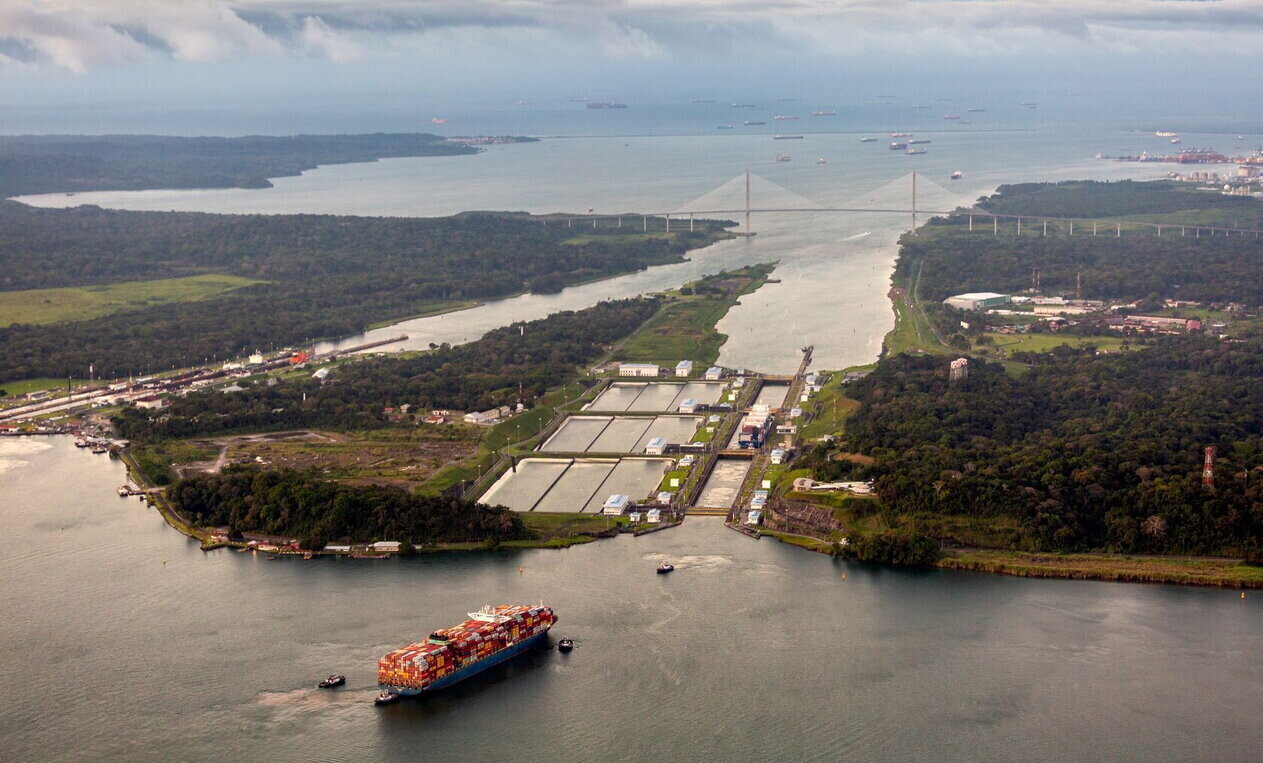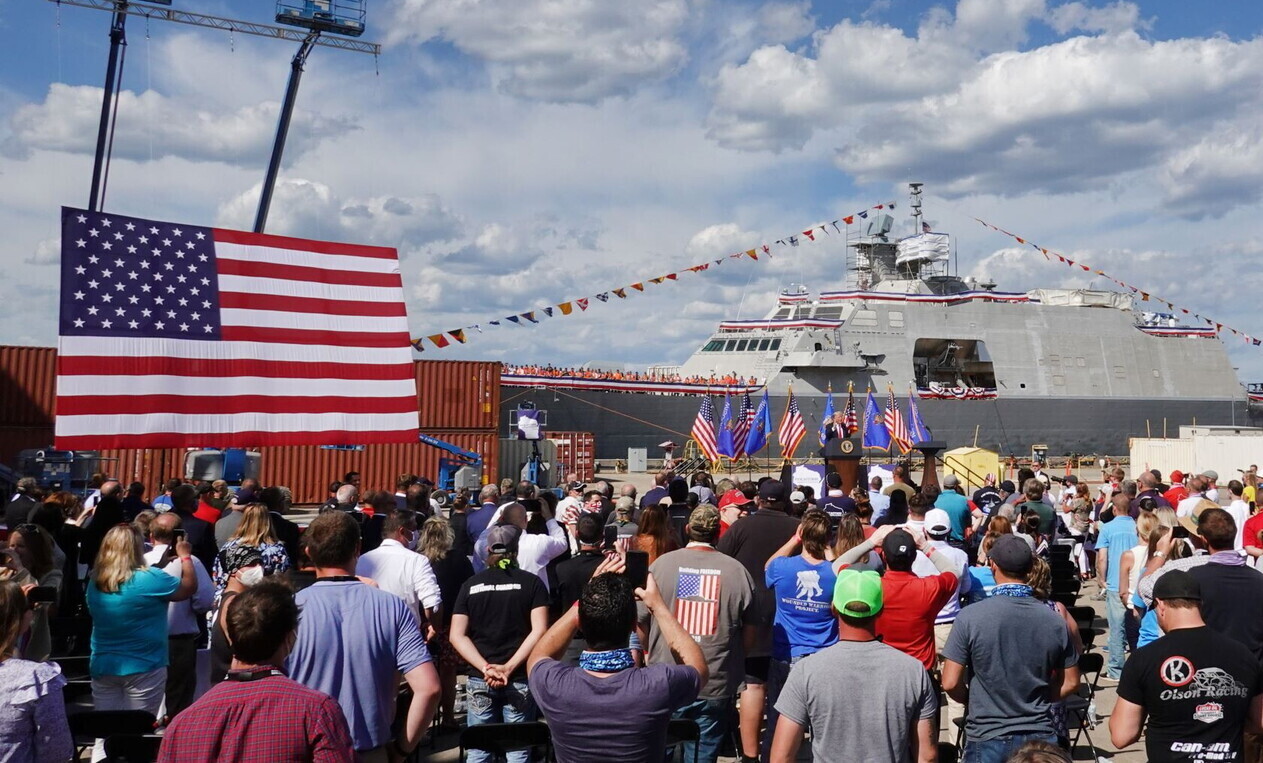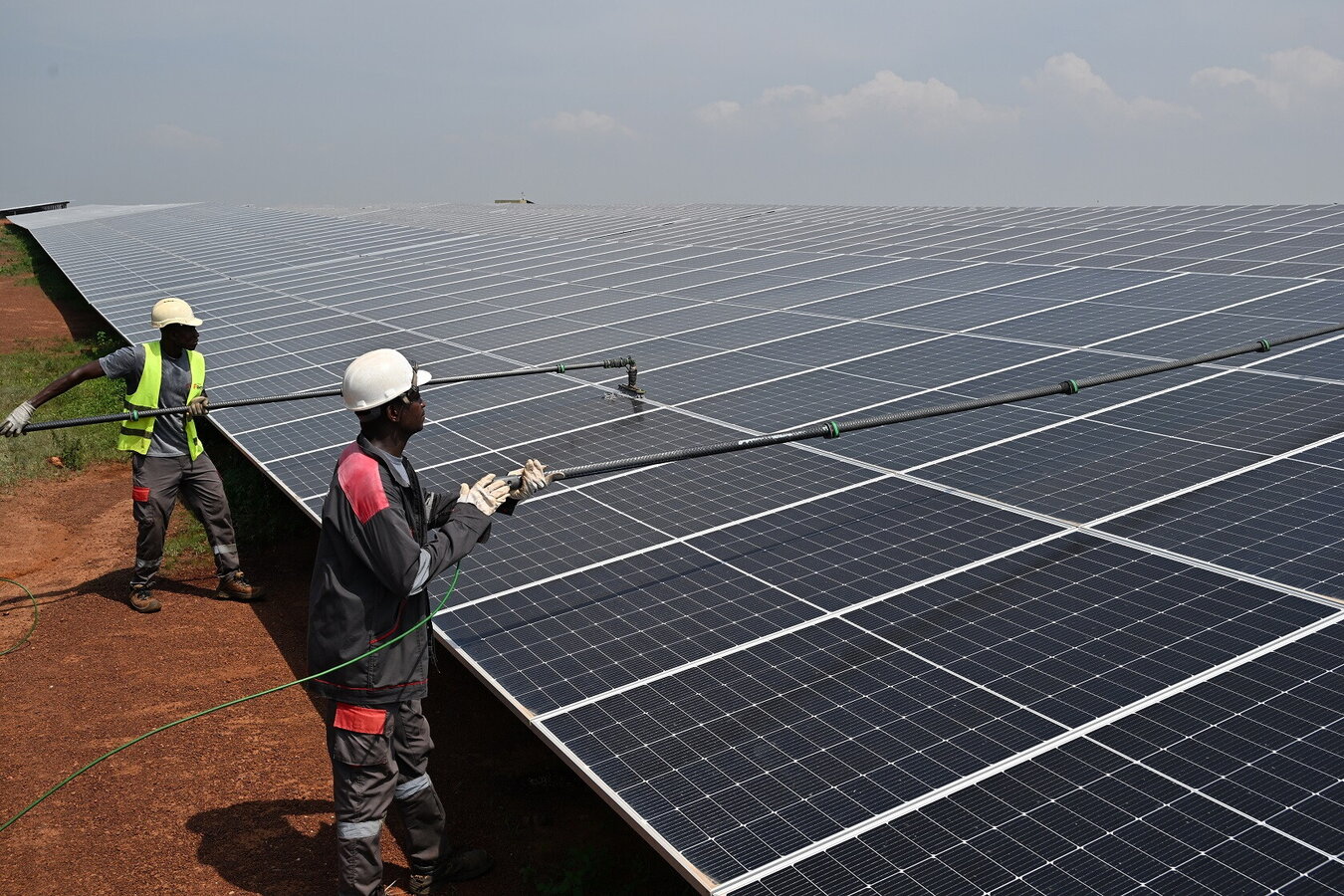
Strategy and innovation in energy transportation
The star-spangled maritime giant is back
A strategic push is needed to counter China and safeguard energy flows
11 minThe United States is finally waking up to the geoeconomic vulnerability of ceding maritime dominance to China. For decades, the West has neglected the strategic importance of the global merchant fleet, including commodity tankers, allowing China to dominate maritime infrastructure, logistics, and routes. Today, China is the world’s largest shipbuilder and shipowner. It commands port access at key chokepoints, shapes maritime standards, and controls critical shipping logistics. This carefully built advantage gives Beijing significant leverage —not only over global supply chains but also over energy flows and wartime logistics. Now that the U.S. is the world’s largest exporter of seaborne commodities, Washington must act quickly to regain leverage, even if the process will be costly and long.
In times of war, trade disputes, demand/supply shocks, or supply chain disruptions, control over the commercial shipping fleet can become a weapon. The owner of the ship ultimately controls the trade. The West’s overreliance on Chinese-built and -owned ships could quickly become a liability. The weaponization of shipping —particularly for energy commodities like LNG— would reverberate across markets and pricing, with immediate consequences for national security and economic stability.
Recognizing this risk, the Trump administration has elevated shipping as a strategic priority. At least three executive orders reference maritime security and shipbuilding as core national interests. The vision is ambitious and cannot be executed overnight, but the strategic direction is clear. In partnership with capable foreign allies, U.S. policymakers are laying the groundwork for the long-term rebuilding of American sovereign capacity in shipbuilding and maritime logistics, while ensuring worldwide freedom of navigation.

Strategic pillar 1: rebuilding US shipbuilding with capable partners
The U.S. and China are now also competing over the physical infrastructure that underpins global commerce: ships. About 80% of global trade by volume is seaborne, yet the U.S. has just 80 internationally trading vessels under its flag, while China has over 5,500. The imbalance is even more pronounced in segments like LNG, where only one U.S.-flagged, U.S.-crewed, and U.S.-owned LNG carrier exists today: the American Energy, reflagged in 2024 to carry U.S. LNG to Puerto Rico.
Beijing has methodically captured market share in shipbuilding, recently surpassing South Korea and Japan. Chinese shipyards are now building the bulk of global vessels. South Korea still dominates the shipbuilding of LNG tankers (~70% share for new orders) though China would like to catch-up.
LNG exports —now a central pillar of US energy and trade policy— depend on ships that are mostly foreign-owned, foreign-flagged, and foreign-crewed. In a geopolitical crisis, these ships may be recalled, rerouted, or denied access altogether.
It has not gone unnoticed by allies like South Korea that the U.S. is now investing political capital into maritime reindustrialization. In his 2025 State of the Union address, President Trump was unequivocal: “To boost our defense industrial base, we are also going to resurrect the American shipbuilding industry, including commercial shipbuilding and military shipbuilding.”

The legislative embodiment of that vision is the bipartisan SHIPS for America Act, which proposes a Shipbuilding Financial Incentives Program to revitalize the U.S. shipbuilding sector. It would offer grants, tax credits, and other tools to support the construction, repowering, or reconstruction of eligible oceangoing vessels in domestic shipyards.
The Office of the United States Trade Representative (USTR) is also exploring a policy requiring at least 1 percent of U.S. LNG exports to be transported on U.S.-flagged and U.S.-operated vessels. Although USTR removed the original 2029 deadline —deemed unrealistic by stakeholders— the move sends a commercial signal for investment in U.S. LNG shipping capacity.
The road ahead won’t be easy
Greenfield LNG shipyards will require substantial capital expenditure, multi-year timelines, and significant government support. Realistically, progress will depend on a mix of legislative backing —grants, subsidies, procurement guarantees— and close collaboration with allies that already possess the necessary technical expertise, such as Korea and Japan.
Industry stakeholders are clear-eyed. As one executive put it, “We won’t be able to build a US LNG tanker with 100 percent American components —that’s not realistic.” A more realistic approach is a hybrid solution: partnering with trusted and capable allies to co-produce ships, while educating US policymakers on the technological and financial runway required. If the government provides that runway, the private sector is likely to respond.
While the U.S. lacks the full supply chain to build an LNG carrier entirely from domestic components, a hybrid approach —importing key parts while constructing hulls and integrating systems in U.S. yards— could lay the foundation for a revitalized LNG fleet.
Strategic pillar 2: securing maritime access and sea lanes
Controlling ships is one side of maritime power; securing routes is just as strategic. China’s global port footprint —mainly via state-linked firms like COSCO and CMPort— extends to over 80 terminals, including in key chokepoints like the Panama and Suez Canals. This commercial reach gives Beijing potential leverage to disrupt trade flows without resorting to military force.
The Panama Canal has become a symbol of U.S. efforts to reassert control over strategic maritime access. China, meanwhile, holds key positions in Panama’s port infrastructure: CMPort has stakes in the Colón Container Terminal, and Hutchison Ports —a Hong Kong-based firm with close ties to Beijing— controls the Balboa and Cristóbal ports. These holdings give China influence near both entrances to the canal.
This has not gone unnoticed in Washington
The U.S. has made clear its intent to ensure secure, sovereign transit through the Panama Canal for both commercial and military purposes. Under sustained diplomatic pressure since late 2024, Panama officially withdrew from the Belt and Road Initiative in early February 2025 —a turning point in its relationship with China, following years of deepening economic and infrastructure ties.
Panama’s long-delayed approval of the \$1.6 billion Rio Indio reservoir project, now slated for completion by 2032, was another win for the White House. The reservoir is expected to ease the water shortages that have constrained canal traffic and to restore strategic continuity for key commodity flows —particularly U.S. LNG. In 2024, 94 percent of U.S. LNG bound for Asia had to reroute via the Cape of Good Hope due to Panama Canal bottlenecks.
Another major disruption to global shipping in 2024–2025 has been the Red Sea, forcing the U.S. to resume its traditional role as guarantor of maritime security. Over the past 18 months, much of the Western global vessel fleet —especially LNG tankers carrying U.S. exports to Asia— has opted to avoid the Bab el-Mandeb Strait, rerouting around the Cape of Good Hope. Meanwhile, oil shipments involving Russia, China, and Iran have continued to use the Red Sea route, reflecting tacit alliances, intelligence sharing, and opaque trade arrangements. Initially reactive, the U.S. adopted a more assertive military stance by late 2024 to deter Iran-backed Houthi attacks on commercial vessels and reestablish freedom of navigation. U.S. B‑2 stealth bombers were deployed against Houthi targets in Yemen in early 2025, sending a clear signal to Tehran. Though the LNG market has adapted, the longer route adds cost and inflationary pressure.
While the Houthis may be one of the last remaining Iranian proxies still operational, the May 6 cease-fire with the U.S., combined with Israel’s intelligence capabilities and demonstration of air superiority during the recent 12-day Iran-Israel war, appears to have deterred the group from intervening. It may be too early to draw firm conclusions, but the prospect of reopening the Red Sea route before the end of 2025 is beginning to look increasingly plausible.
When the U.S. reasserts deterrence, both allies and adversaries take note. Beijing is closely observing U.S. actions in other regions to assess its commitment to keeping the South China Sea open. Maritime security operations are not only about safeguarding cargo —they are about reinforcing the credibility of American power and ensuring the competitiveness of U.S. exports to Asia.
Green shipping: the battle over standards
China’s rise in maritime capacity also positions it to influence global standards-setting. Beijing is not only exporting ships but also shaping benchmarks for decarbonized shipping —whether through LNG, methanol, ammonia-fueled engines, hydrogen fuel cells, battery-electric propulsion, or digital logistics systems. This confers soft power: countries reliant on Chinese shipbuilders may find themselves increasingly aligned with Chinese regulatory norms and technologies.
The US cannot afford to let China set global shipping standards unilaterally
Revitalizing American shipbuilding offers an opportunity to leapfrog in green maritime technology. By partnering with Korea and Japan —leaders in advanced propulsion and maritime R\&D— the US can help shape an alternative set of standards that prioritize both decarbonization and strategic security.
How to revolutionize the playing field
China’s maritime dominance, built over two decades through state-led industrial policy, won’t be undone quickly. But with strategic patience and urgent action, the balance can shift.
That calls for investing in U.S. shipyards as a matter of national security, not nostalgia. It means securing chokepoints like the Panama Canal, asserting presence in contested sea lanes like the South China Sea, and helping set the rules for maritime decarbonization —so that American energy doesn’t sail on foreign terms. Reasserting U.S. maritime sovereignty depends on sustained political will.

